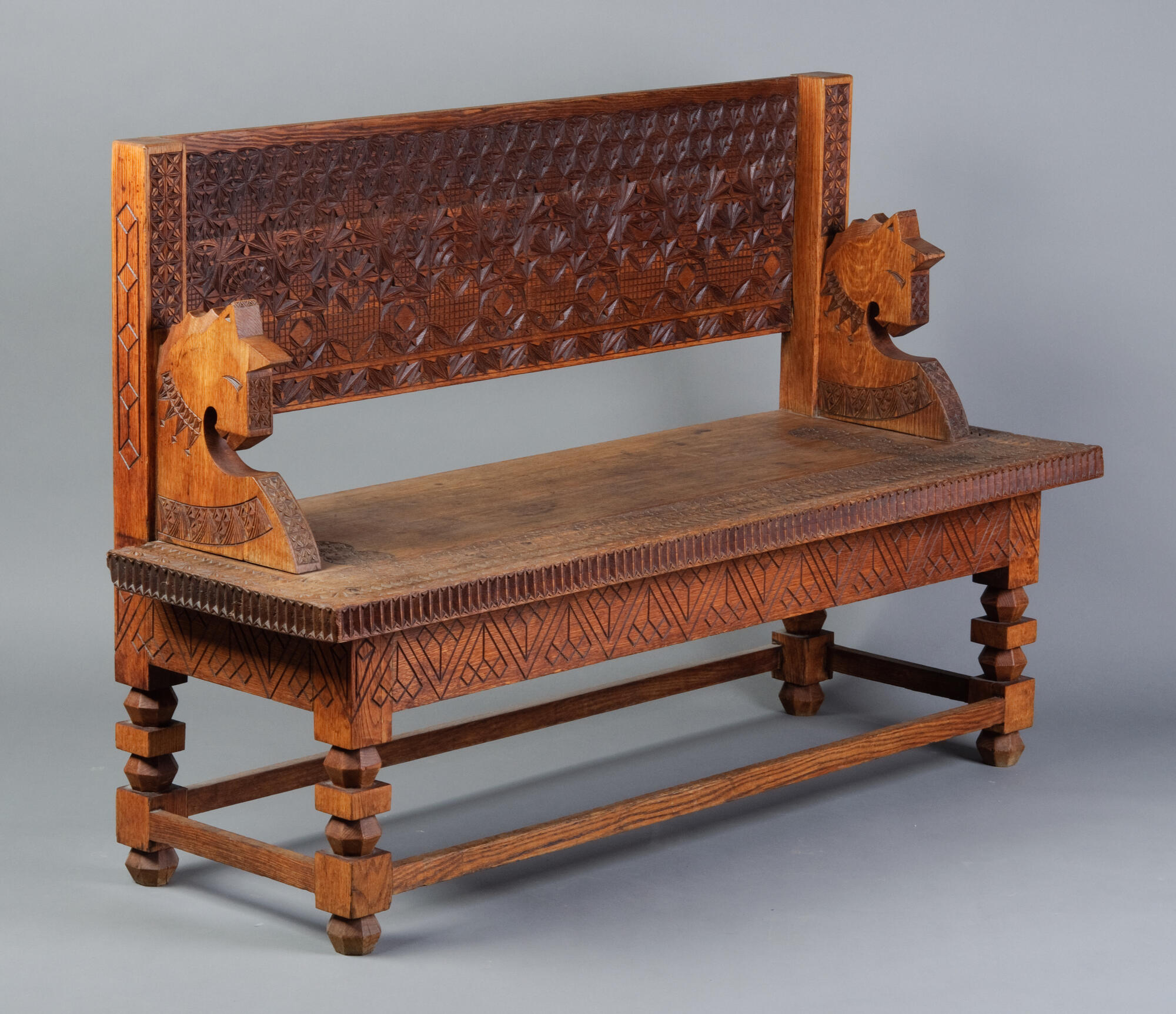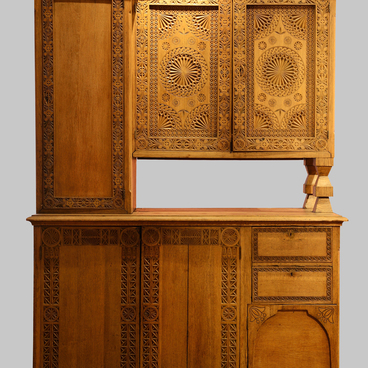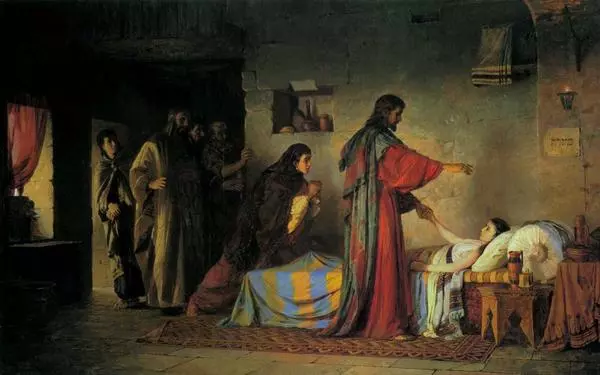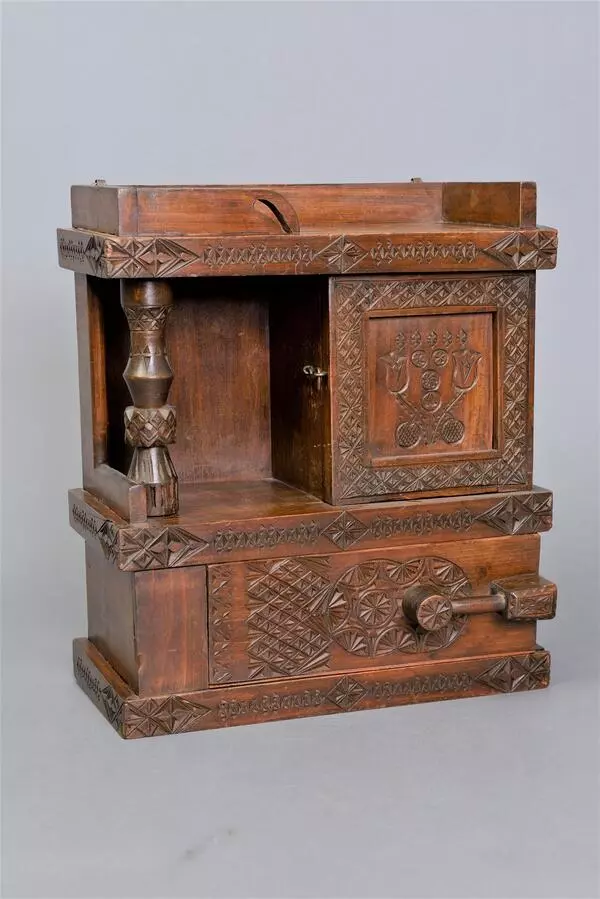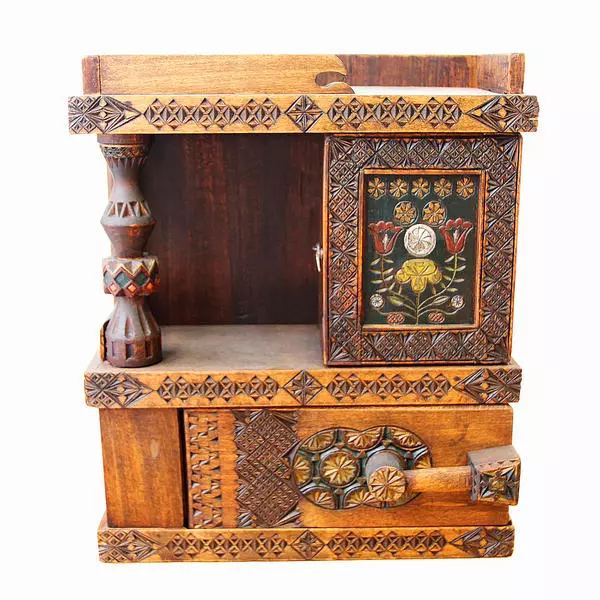Elena Polenova was born into an aristocratic family and received an excellent education. Her mother, Maria Polenova, was an amateur artist and gave the children their first drawing lessons. In 1859, a student of the Academy of Arts Pavel Chistyakov was invited to the family as a drawing teacher, who gave lessons to all four children twice a week.
Elena could not become a student of the Academy of Arts, like her older brother, the future artist Vasily Polenov, because in those years women were not allowed to study in higher educational institutions. But at the age of 14 she entered the St. Petersburg Drawing School of the Society for the Encouragement of Arts, where she studied under Ivan Kramskoy’s tutorship. During her first trip to France in 1869-1870, Polenova attended the private school-studio of Charles Chaplein in Paris. Returning to Russia, she studied at Chistyakov’s private workshop, and then again at the School of the Society for the Encouragement of Arts simultaneously in two classes: watercolor and ceramic. At the exams, Elena Polenova was awarded silver medals and, as an encouragement, she was offered to go to Paris for an internship. ‘What a scandal, Vasya, ” she wrote to her brother, “they send me on a business trip abroad from the Society for the Encouragement. I think this is the first example in history, at least in Russian, that a female received an assignment and was sent on a business trip for studying, etc”. Returning to St. Petersburg, Polenova taught painting on porcelain and faience for about a year in the majolica class she created at the Society for the Encouragement of Arts
Elena Polenova has become a leading master of Russian style in arts and crafts. The most fruitful period of her activity was in the 1880s-early 1890s, from 1885 to 1893 she headed a carpentry workshop in Abramtsevo. Among the works made according to her sketches presented in the collection of the museum is a wooden bench, decorated with chip carving. This is one of the most ancient types of geometric carving, consisting of triangles, rhombuses, squares. Polenova’s contemporaries noted her outstanding ability to compose ornament. Starting with the direct reproduction of folk art, she moved on to creating original items. In addition to the artistic direction of the carpentry workshop, she was a participant and initiator of other Abramtsevo Club activities, participated in literary and drawing evenings in the house of Savva Mamontov, as well as in theatrical performances.
Behind the bench is the most impressive exhibit of the section of the exposition dedicated to the Abramtsevo workshop — a buffet, also made according to Elena Polenova’s sketch. The buffet, like the bench, is decorated with a chip carving. Initially, the carving was tinted, but over time, the paint was lost.
Elena could not become a student of the Academy of Arts, like her older brother, the future artist Vasily Polenov, because in those years women were not allowed to study in higher educational institutions. But at the age of 14 she entered the St. Petersburg Drawing School of the Society for the Encouragement of Arts, where she studied under Ivan Kramskoy’s tutorship. During her first trip to France in 1869-1870, Polenova attended the private school-studio of Charles Chaplein in Paris. Returning to Russia, she studied at Chistyakov’s private workshop, and then again at the School of the Society for the Encouragement of Arts simultaneously in two classes: watercolor and ceramic. At the exams, Elena Polenova was awarded silver medals and, as an encouragement, she was offered to go to Paris for an internship. ‘What a scandal, Vasya, ” she wrote to her brother, “they send me on a business trip abroad from the Society for the Encouragement. I think this is the first example in history, at least in Russian, that a female received an assignment and was sent on a business trip for studying, etc”. Returning to St. Petersburg, Polenova taught painting on porcelain and faience for about a year in the majolica class she created at the Society for the Encouragement of Arts
Elena Polenova has become a leading master of Russian style in arts and crafts. The most fruitful period of her activity was in the 1880s-early 1890s, from 1885 to 1893 she headed a carpentry workshop in Abramtsevo. Among the works made according to her sketches presented in the collection of the museum is a wooden bench, decorated with chip carving. This is one of the most ancient types of geometric carving, consisting of triangles, rhombuses, squares. Polenova’s contemporaries noted her outstanding ability to compose ornament. Starting with the direct reproduction of folk art, she moved on to creating original items. In addition to the artistic direction of the carpentry workshop, she was a participant and initiator of other Abramtsevo Club activities, participated in literary and drawing evenings in the house of Savva Mamontov, as well as in theatrical performances.
Behind the bench is the most impressive exhibit of the section of the exposition dedicated to the Abramtsevo workshop — a buffet, also made according to Elena Polenova’s sketch. The buffet, like the bench, is decorated with a chip carving. Initially, the carving was tinted, but over time, the paint was lost.
